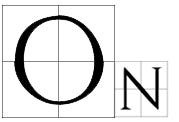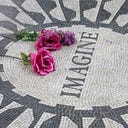Member-only story
World’s Outer Space Treaty Came 55 Years Ago
First and largest nuclear detonation in space played a role
 On November 15, Russia fired an anti-satellite missile at one of its old satellites. When hit, the satellite shattered into hundreds of thousands of pieces, of which only 1,500 or so are trackable. The only international treaty governing humanity’s activities in outer space turns 55 this month. It was sparked in part by the first test of a nuclear weapon in space.
On November 15, Russia fired an anti-satellite missile at one of its old satellites. When hit, the satellite shattered into hundreds of thousands of pieces, of which only 1,500 or so are trackable. The only international treaty governing humanity’s activities in outer space turns 55 this month. It was sparked in part by the first test of a nuclear weapon in space.
The Starfish Prime Nuclear Test
From 1951 through 1966, the US conducted more than 475 nuclear weapons tests. During the same period, the Soviet Union conducted more than 250 tests. In 1962 alone, they conducted 174, more than twice the annual average during the Cold War. One US test, called Starfish Prime, drew worldwide attention — and condemnation — because it was not only the first nuclear detonation in space but also the largest.
Around 11 pm local time on July 8, 1962, (July 9 in the continental US), the US launched a Thor rocket from Johnston Atoll, about 900 miles west-southwest of Hawaii. It reached some 660 miles and when it descended to 250 miles just more than 13 minutes after launch, a 1.4-megaton hydrogen bomb exploded above the Pacific Ocean. (Outer space is commonly defined to begin 62 miles above…
